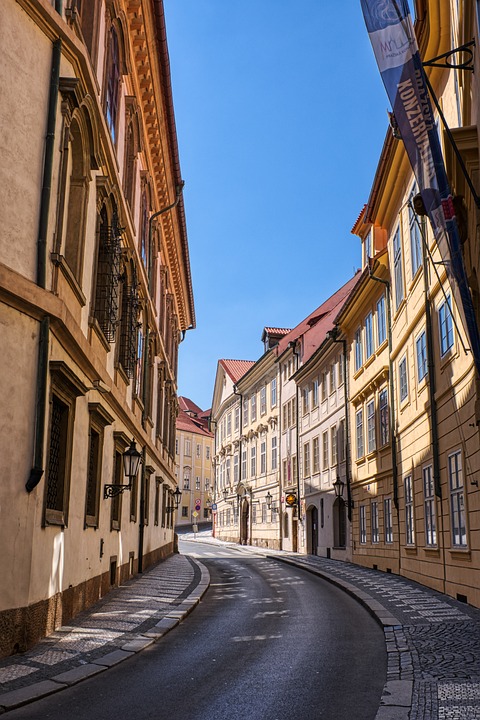Challenges and Solutions in Maintaining Historical Integrity in Historic Buildings
Historic buildings play an important role in preserving our cultural heritage and providing a link to our past. However, maintaining their historical integrity can be a challenging task. In this article, we will discuss some of the common challenges faced in preserving historic buildings and explore potential solutions to ensure their longevity.
Challenges
1. Decay and Deterioration:
One of the biggest challenges in maintaining historic buildings is dealing with natural decay and deterioration. As these buildings age, they are exposed to the elements, which can cause structural damage, moisture infiltration, and other issues that can compromise their integrity.
2. Changing Building Codes and Regulations:
Another challenge in preserving historic buildings is navigating through changing building codes and regulations. As safety standards evolve, it can be difficult to maintain the historical character of a building while also ensuring it meets modern requirements.
3. Lack of Funding and Resources:
Preserving historic buildings can be a costly endeavor, and many owners struggle to find the funding and resources necessary to properly maintain these structures. Without proper funding, buildings may fall into disrepair and ultimately be lost to future generations.
4. Limited Access to Skilled Tradespeople:
Traditional building techniques and materials used in historic buildings may be unfamiliar to modern tradespeople. Finding skilled craftsmen who are knowledgeable in historic preservation techniques can be a challenge, leading to subpar repairs and renovations that may inadvertently damage the building.
5. Pressure to Modernize:
In the face of changing societal needs and demands, there may be pressure to modernize historic buildings to accommodate modern amenities or functions. Balancing the preservation of historical integrity with the need for modernization can be a delicate task.
Solutions
1. Regular Maintenance and Inspections:
One of the best ways to preserve historic buildings is to conduct regular maintenance and inspections to identify and address potential issues before they become major problems. By proactively maintaining the building, owners can prevent decay and deterioration.
2. Preservation Incentives and Grants:
To address the issue of funding, governments and heritage organizations may offer preservation incentives and grants to help owners offset the costs of maintaining historic buildings. These financial incentives can make it more feasible for owners to properly care for these structures.
3. Education and Training Programs:
To address the shortage of skilled tradespeople, education and training programs focused on historic preservation techniques can help develop a new generation of craftsmen with the knowledge and skills necessary to preserve historic buildings.
4. Adaptive Reuse:
Instead of succumbing to pressures to modernize, owners can explore adaptive reuse options that allow historic buildings to be repurposed for modern functions while still preserving their historical integrity. This approach allows buildings to remain relevant while maintaining their unique character.
5. Collaborative Approaches:
Preserving historic buildings often requires collaboration between owners, preservationists, government agencies, and the community. By working together, stakeholders can develop holistic preservation plans that balance the needs of the building with the needs of the community.
In conclusion, maintaining the historical integrity of historic buildings presents a unique set of challenges, but with proper planning, resources, and collaborative efforts, these challenges can be overcome. By implementing proactive maintenance strategies, leveraging preservation incentives, investing in education and training, exploring adaptive reuse options, and fostering collaboration, we can ensure that historic buildings continue to serve as valuable links to our past for generations to come.
